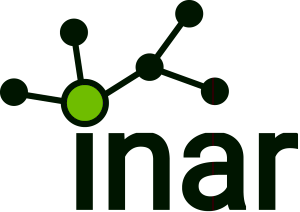Polypropylene is one of the world’s most widely produced standard plastics, second only to polyethylene. “PP can be processed using various techniques and is used for the most diverse applications ranging from packaging to household appliances, clothing, and vehicles,” Oliver Kutsch, CEO of Ceresana, explains. The market research company analyzed the global market for polypropylene already for the fifth time. The latest report expects revenues for this type of plastic to grow by, on average, 4.9% per year until 2026.
Packaging Producers Are Major Consumers
The most important sales market for polypropylene in 2018 was flexible packaging: A total of 16.4 million tonnes were processed in films, bags, and sacks. Another 15.5 million tonnes of polypropylene were used for the production of rigid packaging, such as containers and lids for food and beverages, chemicals as well as industrial and household products. Demand in the application areas consumer goods and fibers followed.
Injection molding is an important processing technology in the plastics industry and of special importance for polypropylene in particular. The comparatively fast process is used for the production of large volumes of identical goods ranging from disposable products to highly complex precision components. The types of molded parts made are almost limitless. In 2018, almost 23.6 million tonnes of PP were processed in injection molding.
Copolymers Are More Popular Than Homopolymers
Polypropylene is a semi-crystalline thermoplastic polymer. Besides uniform homopolymers, there are various copolymers such as random and block copolymers. These plastic types have mainly similar characteristics, different properties, however, help with the choice of the best material for specific applications and a desired budget. Compared to homopolymers, polypropylene copolymers will presumably account for notably higher growth rates at 3.6% per year until 2026.
The Study in Brief:
Chapter 1 provides a detailed description and analysis of the global polypropylene market – including forecasts up to 2026: The development of revenues, demand volumes, and production is analyzed for each region. Additionally, the individual application areas of polypropylene are analyzed: packaging films, bags and sacks, heavy duty and industry sacks, food containers,
industrial and transportation containers, containers for beverages and other
fibers, transportation, electrics and electronics, consumer goods, construction and other applications.
Chapter 2 examines the 27 major countries in more detail: Information is given on demand, revenues, import and export, production and capacities, demand and revenues for the individual application areas, demand per product type (homopolymer, copolymer) and per technology (injection molding, film and sheet extrusion, other extrusion, and other technologies).
Chapter 3 provides useful company profiles of the largest producers of polypropylene – clearly arranged according to contact details, turnover, profit, product range, production sites, capacities, and profile summary. In-depth profiles of 87 produces are given.
Further information: www.ceresana.com/en/market-studies/plastics/polypropylene/

About Ceresana
As one of the world’s leading market research companies, Ceresana is specialized in the plastics, chemicals, packaging, and industrial goods sectors. For 17 years, companies have benefited from high-quality industry analyses and forecasts. More than 170 market reports provide 10,000 customers with the knowledge base for their sustainable success.
Learn more about Ceresana at www.ceresana.com/en
Ceresana
Mainaustrasse 34
78464 Konstanz
Germany
Press contact: Martin Ebner, m.ebner@ceresana.com
